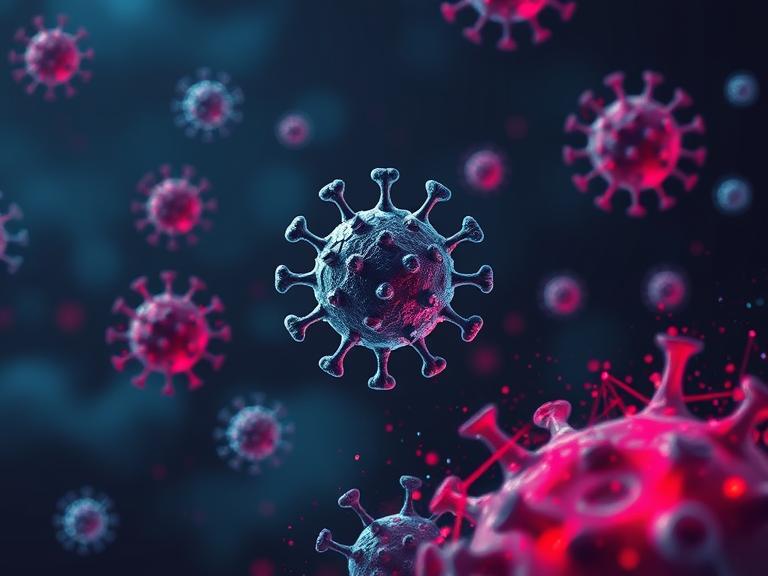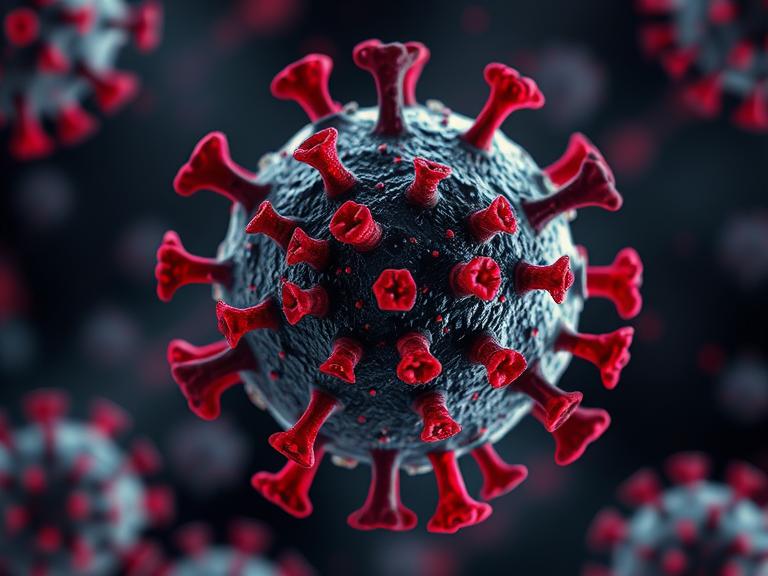Chikungunya virus infection has become a significant public health concern in tropical and subtropical regions across the globe. While often mistaken for dengue or Zika virus due to overlapping symptoms, Chikungunya has its own unique characteristics and challenges. This blog will provide a detailed overview of the infection, its symptoms, available treatments, and the specialists who can guide patients toward recovery.
Chikungunya Virus Infection Overview
Chikungunya virus (CHIKV) is a mosquito-borne virus transmitted primarily by Aedes aegypti and Aedes albopictus mosquitoes. First identified in Tanzania in the 1950s, Chikungunya has since caused multiple outbreaks worldwide, including in Asia, Africa, Europe, and the Americas.
The term “Chikungunya” comes from the Kimakonde language of southeastern Africa and means “that which bends up,” referring to the stooped posture caused by severe joint pain, a hallmark of the disease. The virus is a single-stranded RNA virus belonging to the Togaviridae family.
Humans are the primary hosts during outbreaks, and transmission occurs when a mosquito bites an infected person and then spreads the virus to another. Although Chikungunya is rarely fatal, it can cause debilitating symptoms that sometimes persist for months, affecting quality of life.

Symptoms
Chikungunya virus infection typically manifests suddenly, usually within 4–8 days after a mosquito bite. Symptoms can vary from mild to severe and may include:
- Fever: A sudden onset of high fever, often exceeding 39°C (102°F), is one of the first signs.
- Joint Pain: Severe joint pain (arthralgia), often in the hands, wrists, ankles, and knees, is a defining symptom. Pain can last weeks or even months in some cases.
- Muscle Pain: Myalgia or generalized muscle pain may accompany joint stiffness.
- Headache and Fatigue: Patients often experience intense headaches, weakness, and fatigue.
- Skin Rash: A maculopapular rash may appear within 2–5 days of fever onset, commonly on the trunk, limbs, and face.
- Other Symptoms: Nausea, vomiting, conjunctivitis, and swollen lymph nodes can also occur, although less frequently.
Unlike dengue, Chikungunya rarely causes severe bleeding or organ failure, but the joint pain can be incapacitating. Chronic joint pain may persist for months to years in some patients, especially older adults or those with pre-existing arthritis.
Treatments
Currently, there is no specific antiviral treatment for Chikungunya virus infection. Treatment focuses on symptomatic relief and supportive care:
- Fever and Pain Management: Over-the-counter pain relievers and antipyretics like acetaminophen can help reduce fever and ease joint pain. Nonsteroidal anti-inflammatory drugs (NSAIDs) may be used cautiously to alleviate inflammation.
- Hydration: Maintaining proper fluid intake is essential to prevent dehydration, especially during high fever.
- Rest: Adequate rest allows the immune system to combat the virus more effectively.
- Physical Therapy: For patients experiencing prolonged joint pain, gentle exercises, stretching, and physiotherapy may help restore mobility and reduce stiffness.
- Monitoring for Complications: Although rare, some individuals may develop neurological complications, heart problems, or eye inflammation. Close monitoring and early intervention are essential.
It’s important to avoid aspirin and certain NSAIDs during the acute phase until dengue is ruled out because these medications may increase the risk of bleeding.
Vaccines and Research
Currently, there is no widely available vaccine for Chikungunya, although multiple candidates are under clinical trials. Research is ongoing to develop antiviral therapies that can directly target the virus and reduce the duration and severity of symptoms. Preventive measures, such as mosquito control, protective clothing, and repellents, remain the most effective strategies against infection.
Specialists
While many patients recover under the care of general practitioners, several specialists may be involved in managing Chikungunya, particularly in cases with severe or chronic symptoms:
- Infectious Disease Specialists: Experts in viral infections who can confirm diagnosis, rule out other similar illnesses (like dengue or Zika), and recommend treatment plans.
- Rheumatologists: For patients experiencing persistent joint pain or arthritis-like symptoms, rheumatologists can provide advanced care, including medications and therapeutic strategies to manage chronic pain.
- Physical Therapists: Assist patients in regaining mobility, strengthening muscles, and reducing long-term joint stiffness.
- Neurologists and Cardiologists: In rare cases of neurological or cardiac complications, these specialists ensure the proper management of severe symptoms.
- Ophthalmologists: For individuals experiencing eye-related complications, such as uveitis or vision problems linked to Chikungunya, specialized care is essential.
Early consultation with the appropriate specialists can significantly improve outcomes, especially for patients with prolonged or severe symptoms.
Prevention: The Best Strategy
Since treatment options are limited, prevention remains key. Effective strategies include:
- Mosquito Control: Eliminating stagnant water and using insecticides to reduce mosquito populations.
- Personal Protection: Wearing long-sleeved clothing, using mosquito nets, and applying repellents containing DEET or picaridin.
- Community Awareness: Public health campaigns and education about Chikungunya can reduce transmission during outbreaks.
By understanding the transmission cycle and taking preventive measures, communities can significantly lower the risk of widespread infection.
When to Seek Medical Attention
Most patients recover within 1–2 weeks, but medical attention is necessary if:
- Fever persists beyond three days or worsens.
- Severe joint pain limits mobility.
- Unusual symptoms appear, such as confusion, chest pain, or difficulty breathing.
- Chronic pain persists beyond the acute phase.
Timely intervention can prevent complications and improve long-term outcomes.
Conclusion
Chikungunya virus infection may not be life-threatening in most cases, but it can be extremely debilitating due to fever, joint pain, and fatigue. Understanding Chikungunya virus infection overview, recognizing symptoms, knowing available treatments, and consulting appropriate specialists are essential steps in managing the disease effectively. Follow our Social media Account top Health Coach
While there is no specific antiviral treatment or widely available vaccine, supportive care, physical therapy, and preventive measures against mosquito bites remain crucial. As research progresses, we hope to see more targeted therapies and vaccines that can reduce the burden of Chikungunya globally.
Awareness, early intervention, and careful management of symptoms can make a significant difference, allowing patients to recover more comfortably and prevent long-term complications.



